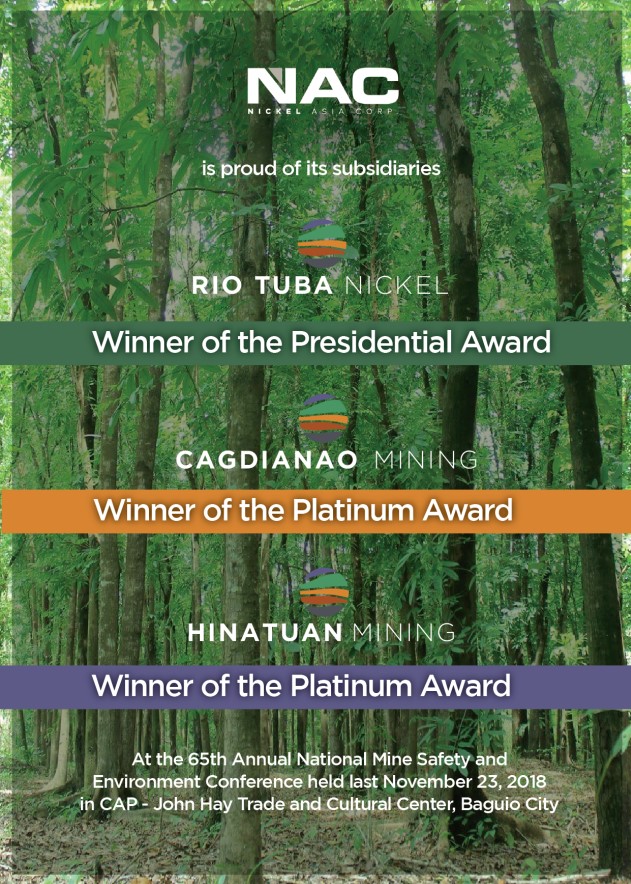Business Proposition
Culturing abalone is easy

By Roberto Garcia
ABALONE is a high value shellfish whose meat is considered a delicacy while the shell is used for making various artistic merchandises. Nothing goes to waste.
The meat is usually processed into a dried product, canned in brine, smoked in oil, or simply eaten fresh. The beautifully-colored shell is crafted into fancy buttons, jewelry, and used as inlays, among other aesthetic products.
There is a great demand for abalone products here and abroad, thus it is a promising business venture.
Can abalone be cultured commercially in Pangasinan waters?
The local donkey-eared abalone (Haliotis asinine) has been successfully produced in hatcheries and cultured in some parts of the country. This species feeds on and grows well with the seaweed Gracilaria (discussed in my September 18 column “The High Value Fishpond Pest” – www://sundaypunch.prepys.com/archives/2011/09/19/business-proposition-5/), which can also be cultured alongside the abalone.
Suitable culture conditions include sandy-muddy to sandy-coralline bottom, clear water with moderate current and high salinity, and protected from big waves. There are many such areas found in Sual, Alaminos, Anda and Bolinao in the Lingayen Gulf and Infanta, Dasol, Burgos, Agno and Bani in the South China Sea. Furthermore, the University of the Philippines-Marine Science Institute, with a laboratory-office in Bolinao, is reportedly producing and dispersing young abalones as part of their research and community service.
In a USAID (United States Assistance for International Development) project implemented in Davao years ago, I cultured young abalones, which was produced in a hatchery in Iloilo, in a plastic container suspended from a floating bamboo raft and fed with the seaweed gracilaria. It grew to 6-centimeter (cm) shell length (which is the marketable size) from the initial stocking size of 2 cm in five months. In contrast, abalones reach market size in 3-5 years in temperate countries. The project’s aim was to promote a livelihood alternative to fisherfolk in the area.
Abalone culture has a good prospect for commercial production in Pangasinan since it has vast suitable coastal areas, an abundance of cultured seaweed as feed, and most importantly, the availability of young abalones. Likewise, the simple technique in growing local abalone is an attractive alternative livelihood for coastal communities.






